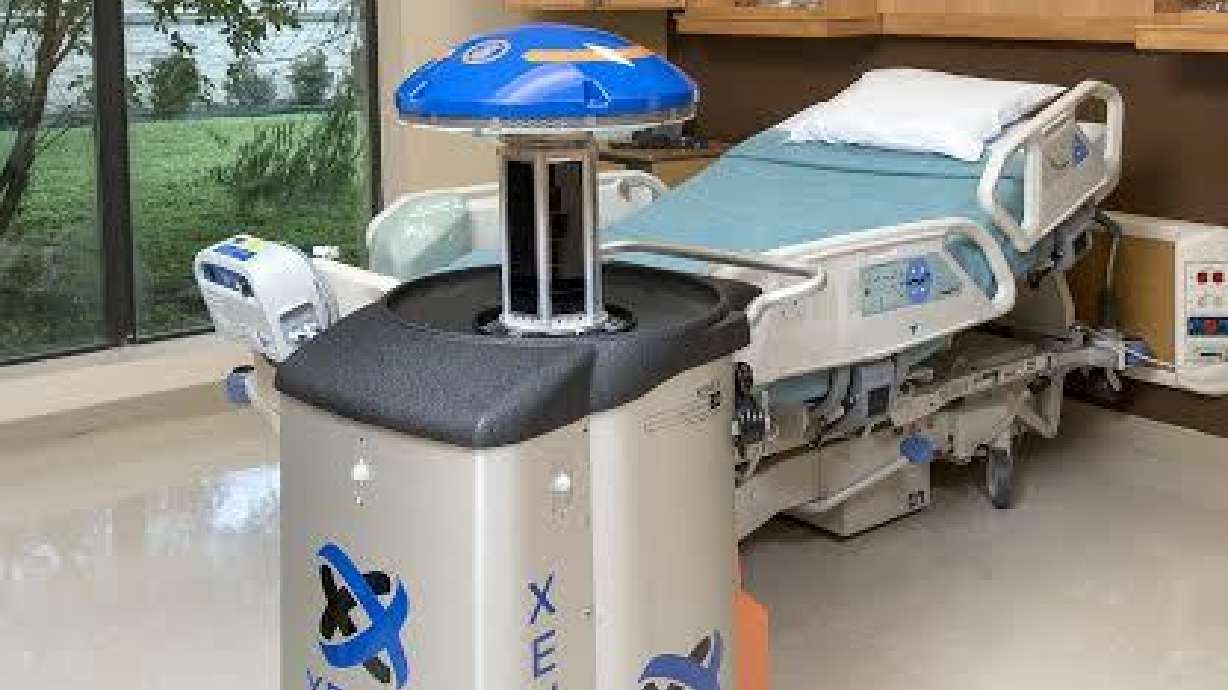Estimated read time: 4-5 minutes
This archived news story is available only for your personal, non-commercial use. Information in the story may be outdated or superseded by additional information. Reading or replaying the story in its archived form does not constitute a republication of the story.
SAN ANTONIO--(BUSINESS WIRE)--Apr 3, 2014--According to a new Centers for Disease Control and Prevention (CDC) report, ongoing efforts are needed to combat infections impacting hospital patients and more work is needed to improve patient safety. According to the CDC, approximately one in 25 U.S. patients contract at least one infection during the course of their hospital care and every day, more than more than 200 Americans with healthcare-associated infections (HAIs) will die during their hospital stay. The CDC’s HAI Progress Report showed minimal decreases for both hospital-onset Clostridium difficile (C.diff ) infections and hospital-onset methicillin-resistant Staphylococcus aureus (MRSA) bloodstream infections. Xenex Disinfection Services’ pulsed xenon UV light room disinfection system has been repeatedly proven effective against C. diff and MRSA in the laboratory and in patient outcome results at hospitals utilizing Xenex devices.
The Xenex pulsed xenon UV light room disinfection system has been repeatedly proven effective against C. diff and MRSA in the laboratory and in patient outcome results at hospitals utilizing Xenex's germ-zapping robots. (Photo: Business Wire)
Hospital cleanliness plays a role in the spread of HAIs, which are caused by microorganisms such as C. diff, MRSA, Carbapenem-Resistant Enterobacteriaceae (CRE) and Acinetobacter baumannii. Some superbugs such as C. diff are showing resistance to chemical disinfectants, making them even more difficult to eliminate. Many patients, especially those on antibiotics, are susceptible to C. diff, which can live for up to five months on surfaces in the hospital. Others, like CRE, have developed a resistance to antibiotics, making them nearly impossible to treat.
Published Studies Validate Xenex’s Efficacy on Deadly Pathogens
Peer reviewed studies have proven that the Xenex technology is highly effective and approximately 200 hospitals and Veterans Affairs (VA) facilities in the U.S. are using the Xenex system. A study published in the American Journal of Infection Control (August 2013) reported that Cooley Dickinson Hospital (an affiliate of Massachusetts General Hospital) experienced a 53 percent decrease in the rate of hospital-acquired C.diff infections after implementing the Xenex system. A study published in Journal of Infection Prevention in 2013 reported that Cone Health experienced a 56 percent reduction in its rate of hospital acquired MRSA infections after implementing an infection prevention program that included Xenex’s room disinfection system.
“New antibiotics aren’t the answer to our HAI crisis. What can and should be done is proper disinfection of hospital rooms that eliminates the pathogens that cause HAIs before they pose a threat to patient safety. The most important step in infection control begins with a clean environment and that’s what the Xenex robot accomplishes,” said Mark Stibich, Chief Scientific Officer of Xenex. “Our germ-zapping robots are proven to destroy deadly superbugs in just minutes – and hospitals using our devices to disinfect their facilities are reporting fewer infections.”
Solving a Global Health Crisis
Xenex’s portable UV room disinfection system uses pulsed xenon ultraviolet light to quickly destroy the viruses, bacteria, mold, fungus and bacterial spores in the patient environment that cause HAIs. Uniquely designed for ease of use and portability, the germ-zapping robot is operated by hospital staff without disrupting hospital operations. With a five minute disinfection cycle, the device disinfects dozens of rooms per day, including patient rooms, operating rooms (ORs), equipment rooms, emergency rooms, intensive care units (ICUs) and public areas. The Xenex device contains no mercury and is the only “green” technology used in automated room disinfection.
About Xenex Disinfection Services
Xenex's patented pulsed xenon UV room disinfection system is a pesticidal device used for the advanced cleaning of healthcare facilities. Due to its speed and ease of use, the Xenex system has proven to integrate smoothly into hospital cleaning operations. The Xenex mission is to eliminate harmful bacteria, viruses and spores that can cause hospital acquired infections in the patient environment, and to become the new standard method for disinfection in healthcare facilities worldwide. For more information, visit .
Photos/Multimedia Gallery Available:http://www.businesswire.com/multimedia/home/20140403006400/en/
CONTACT: Xenex
Melinda Hart, 210-824-3433
melinda.hart@xenex.com
KEYWORD: UNITED STATES NORTH AMERICA TEXAS
INDUSTRY KEYWORD: HEALTH HOSPITALS INFECTIOUS DISEASES MEDICAL DEVICES
SOURCE: Xenex Disinfection Services
Copyright Business Wire 2014
PUB: 04/03/2014 04:24 PM/DISC: 04/03/2014 04:24 PM
http://www.businesswire.com/news/home/20140403006400/en
Copyright © The Associated Press. All rights reserved. This material may not be published, broadcast, rewritten or redistributed.








